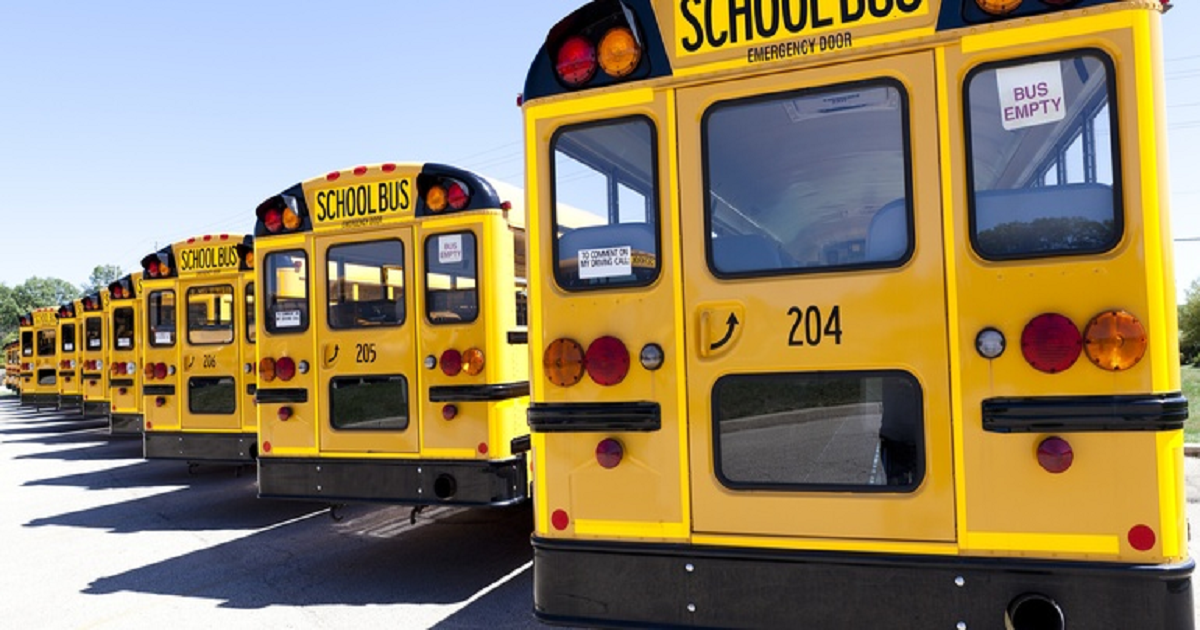Students traveling through high-crime areas more likely to miss school
educationdive | February 21, 2019

Julia Burdick-Will, a sociology professor at Johns Hopkins University, recently conducted a study on the impact of neighborhood crime on school attendance in Baltimore, finding that students who had to walk high-crime streets to get to school were more likely to be absent, NPR reports.In Baltimore City Public Schools, 37% of students were chronically absent, meaning they missed at least 10% of days in the school year, and research indicates that missing that much school increases the risk of dropout.Students in urban districts often need to use public transportation to get to and from school, but if a bus stops in a high-crime area, students may attempt to avoid that stop by going a different direction, taking a different transfer, and ultimately spending more time getting to and from school. There are a number of options for cities looking to help students in high-crime neighborhoods arrive at schools safely. Chicago, for example, sought to make students’ trips safer by instituting the Safe Passage program, which places hundreds of adult monitors on streets to ease school commutes through potentially dangerous areas. The program has proven effective. Requiring districts to provide school transportation through dangerous areas is another option that has been explored at the state level. In Texas, state legislation allows for expanded hazardous transportation funding to include areas within two miles of a campus where students are at high risk for violence when walking to and from school.